Study: Plants Play Bigger Role in River Flows Than Previously Thought
Transpiration from plants dominates the terrestrial water cycle.
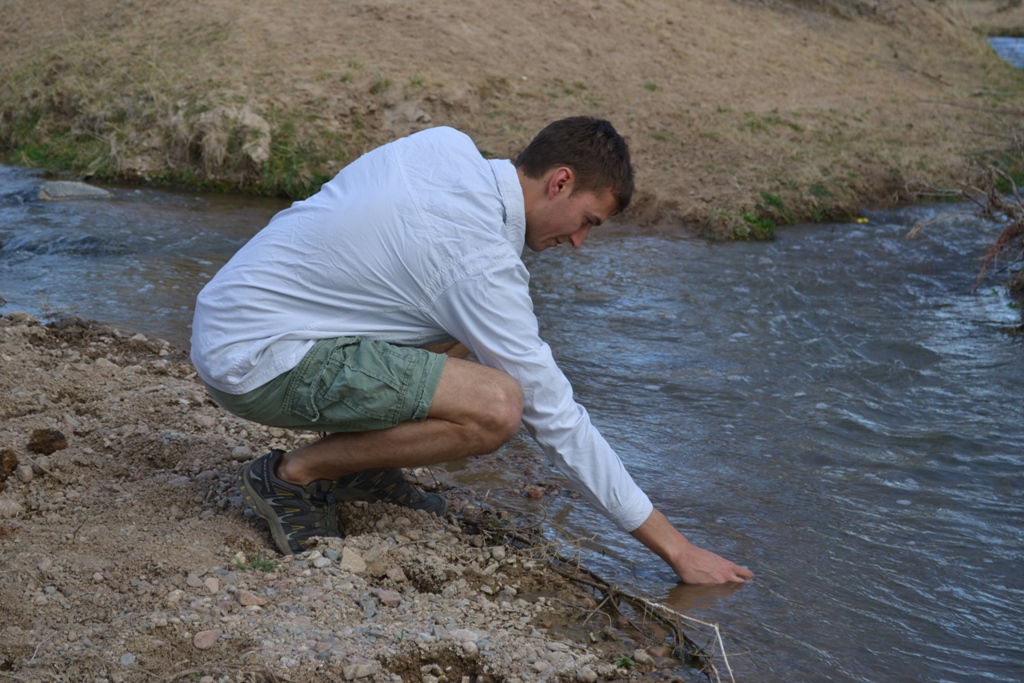
By Brett Walton
Circle of Blue
A study published last month in Nature argues that plants are the dominant force in the water cycle above the Earth’s land masses. Between 80 and 90 percent of water vapor in the atmosphere comes from terrestrial sources, according to the study, which is far higher than previous estimates.
–Scott Jasechko, doctoral student
University of New Mexico
This finding implies that vegetation is a critical variable for future forecasts of freshwater availability, particularly as humans continue to change the basic conditions of plant growth by pumping more heat-trapping carbon into the atmosphere. Agriculture, too, has remade the biosphere and cannot be ignored in this equation, since 40 percent of land on the planet is now comprised of croplands and pastures.
In short, to understand how much water will make its way into rivers, scientists need a better understanding of what is being grown where.
“We should focus on plants’ biological changes, because land use and ecosystem changes will determine future water availability,” said Scott Jasechko, a doctoral student at the University of New Mexico and the lead author on the paper.
Evaporation and Transpiration
That plants use water is quite obvious, which is why land managers in the dry Western United States have spent millions to rid riverbanks of salt cedar and other water-guzzling flora in order to bolster river flows. But Jasechko and fellow researchers at the University of New Mexico and at two Canadian universities were surprised to find that plant transpiration — a biological process that releases water vapor — produces as much water each year as the average annual flow of 100 Mississippi Rivers.
“We were surprised just how much water cycles through plants,” Jasechko told Circle of Blue.
Liquid water enters the atmosphere as vapor either through evaporation from land and waterbodies or through transpiration from a plant’s leaves and stems. Water losses to transpiration are determined both by the plant’s biological regulation — the opening and closing of stomata on its leaves — and by climatic factors such as temperature, wind speed, and humidity.
The two water-cycle measures are commonly mashed into one metric: evapotranspiration. But that single word hides the relative importance of each process.
A Bottom-Up Approach
To calculate the amount of transpiration, earlier studies used climate models, which produced estimates ranging from 20 percent to 65 percent of total evapotranspiration. For this most recent study, however, the researchers tried a bottom-up approach — they analyzed hydrogen and oxygen isotopes from a database of water samples covering the world’s major rivers and lakes.
Hydrogen and oxygen are the two elements that comprise a water molecule, and isotopes are the different forms an element can take. Isotopes are a convenient tracking device for both evaporation and transpiration.
- Evaporation alters the composition of hydrogen and oxygen isotopes, leaving each with an identifiable fingerprint.
- Transpiration does not affect the structure of the isotopes.
Because of this critical difference, scientists can identify how much water comes from each source. Jasechko said that the idea to use isotopes in this way dates back to the 1970s, but that this study produced results at a much larger scale. The watersheds in the lakes data set cover 10 percent of the Earth’s land surface.
–David Noone, atmospheric scientist
University of Colorado, Boulder
David Noone — an atmospheric scientist at the University of Colorado, Boulder, who uses isotopic variations to study water and energy cycles — told Circle of Blue that the study’s data sets and methods are a “clever and powerful combination.”
“They’ve put all the pieces out there in a nice closed system and that makes it a solid piece of work,” Noone said.
And because the carbon and water cycles are linked through plant photosynthesis, the researchers had a way to check their work: carbon dioxide uptake by plants is related to the amount of water given off during transpiration. The carbon calculations confirmed the transpiration figures.
Freshwater Flows
The study did not look at evaporation from the oceans, which is six to seven times larger than evaporation from terrestrial sources. But Jasechko said that most of the marine evaporation falls out as precipitation before reaching land.
“From an energy-balance and global water-balance perspective, oceans are key,” he explained. “But when we zoom in to assess the small fraction of fresh water on Earth — about 2.5 percent of all water — we show that plants are the largest movement of this freshwater resource from the continents.”
–Scott Jasechko, doctoral student
University of New Mexico
Now that they have established the general pattern, Jasechko and his colleagues will be looking at the particular changes in land use or vegetation could influence water availability.
“We have asked more questions than we’ve answered,” Jasechko said. “How are ecosystems expected to change? Biosphere shifts could play a major role in how much water enters rivers globally.”
These are big questions. Water treaties are generally based on river flows, most of which are already claimed, at least in the American West. Cropping decisions and drinking water supplies — not to mention the health of fish, frogs, and recreation economies — also rely on rivers.
A proper accounting for how those flows might change is a crucial piece of knowledge, given that 62 trillion cubic meters — or 100 times greater than China’s annual water use — is attributed to plants.
Brett writes about agriculture, energy, infrastructure, and the politics and economics of water in the United States. He also writes the Federal Water Tap, Circle of Blue’s weekly digest of U.S. government water news. He is the winner of two Society of Environmental Journalists reporting awards, one of the top honors in American environmental journalism: first place for explanatory reporting for a series on septic system pollution in the United States(2016) and third place for beat reporting in a small market (2014). He received the Sierra Club’s Distinguished Service Award in 2018. Brett lives in Seattle, where he hikes the mountains and bakes pies. Contact Brett Walton



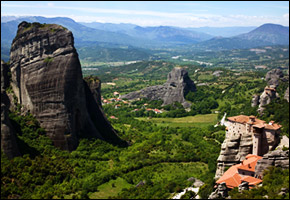
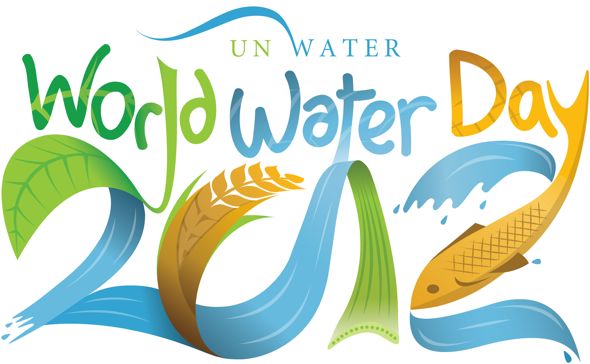
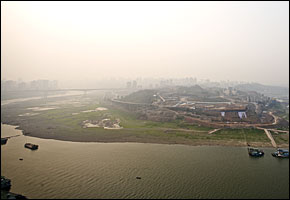





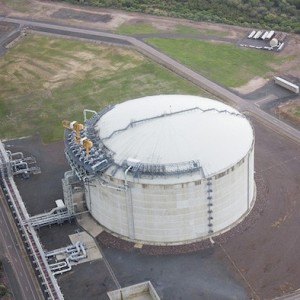

Leave a Reply
Want to join the discussion?Feel free to contribute!